On the way to Temple 24, a giant white statue of Kukai as a young man overlooks the pilgrimage trail. The temple below the statue is used for training new Buddhist priests. The caves in which he lived and meditated are nearby.
P
lanting footprints on an ancient path. Is that a pilgrimage? Aimless wanderings? Or is the aim to get closer to the gods, to a Master… to yourself?
I’m thinking today.
What’s the Question?
The question to ponder is this: how is mastery recognized? By whom? And where does mastery reside? Is it a regulated, cultivated or nurtured finite piece of humanity? For whom and how many? Any woman or man can recognize and exploit their own genius. Many walked the earth, worked the land and toiled unrecognized as “skill masters”. Then they died.
I wrote that in a post a while back.
Mikurodo, is a cave on the seashore at Cape Muroto where Kobo Daishi spent years meditating and undergoing ascetic training. According to legend, he attained enlightenment here after three years continuously chanting the Gumonjiho sutra.
Walk with me…
Alongside the ocean,
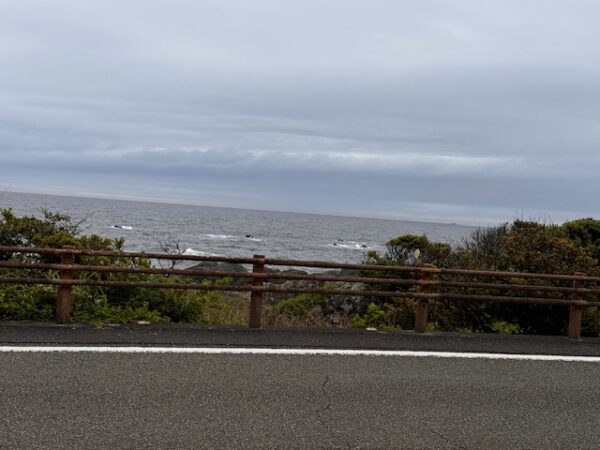
And on many surfaces,
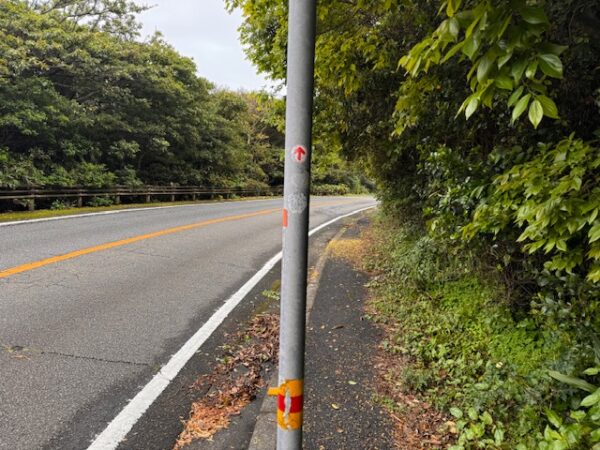
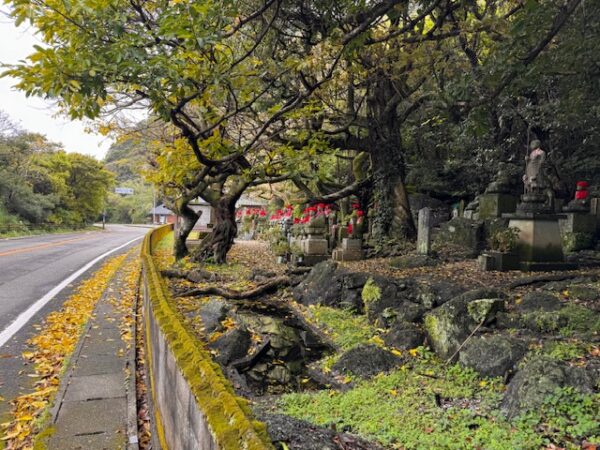
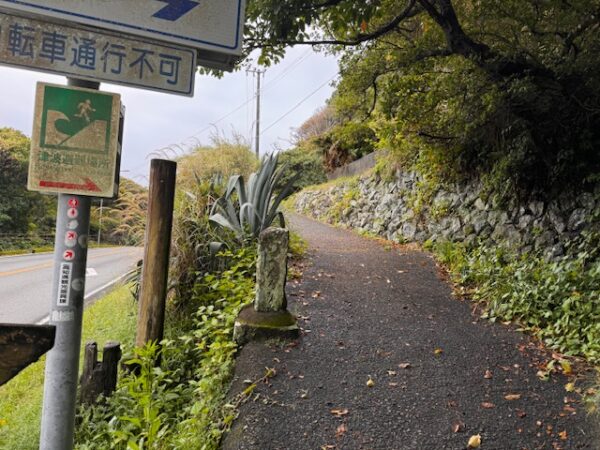
On the way.
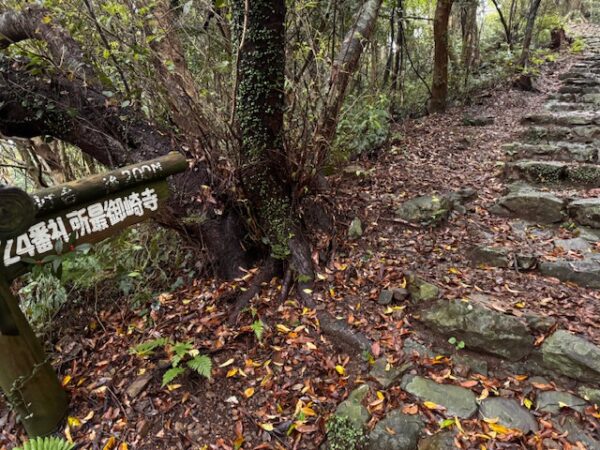
Temple 24 Hotsumisaki-ji
Finally, I arrived at the temple gate. It is a rainy day and a lonely walk.
The temple is known by at least two other names: Temple on the Cape and Higashidera (East temple).
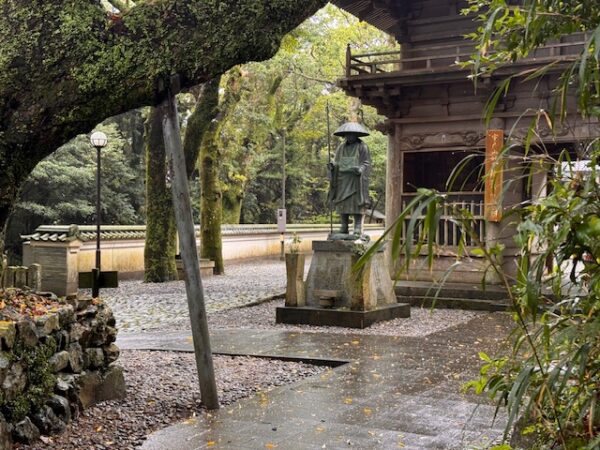
Like many temples throughout Japan, Hotsumisaki-ji was destroyed after a national decree ordered the separation of Buddhism and Shintō after 1868, the end of the Edo period. It was a time of great violence in order to firmly establish Shintō as the national religion. In the end, the influence and practice of Buddhism could not be erased.
The temple was rebuilt (again) in 1914.
In Japan, the two religions exist as peaceful alternatives. In fact some temples are Buddhist and Shintō in varying degrees.
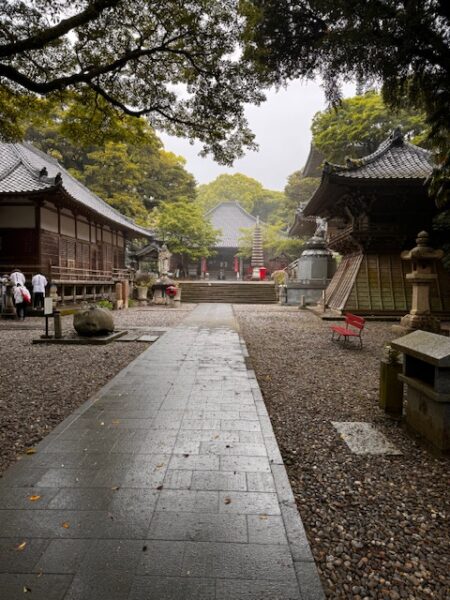
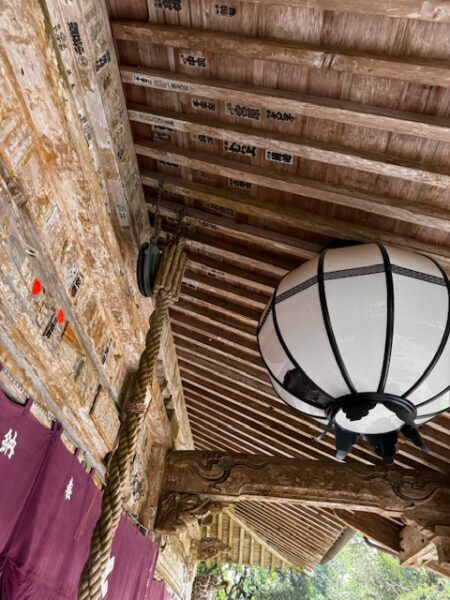
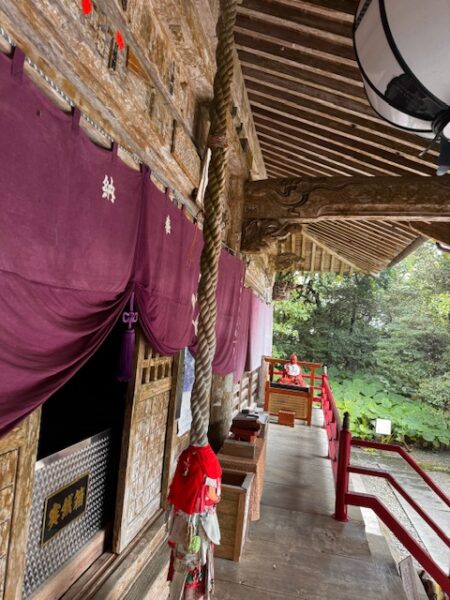
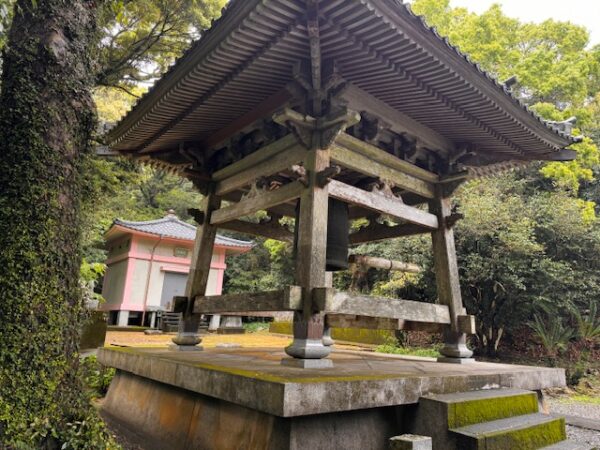
In old times women were forbidden to enter the Shingon Buddhist temple. They worshipped from a hall at the tip of Cape Muroto. Kukai’s own mother was subject to the ban.
It was lifted in 1905.
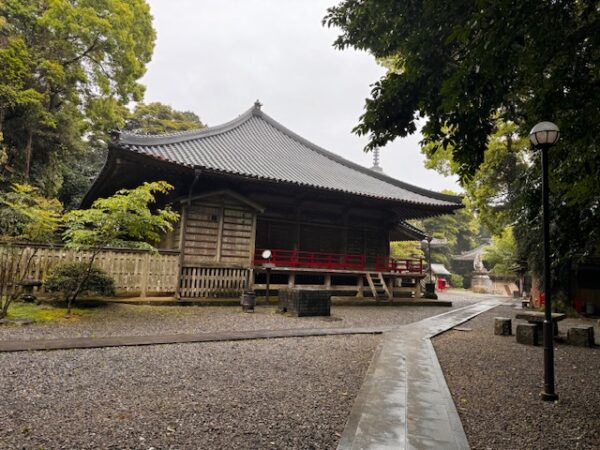
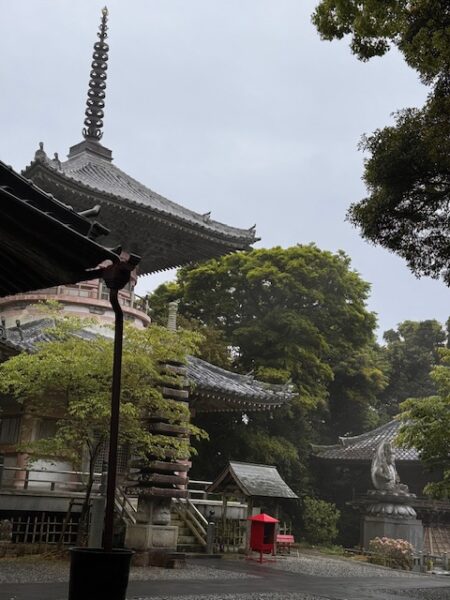
Honor Roll
Along the exit way for the temple, granite pillars feature images of religious and historical (ancient and current) men and women of peace.
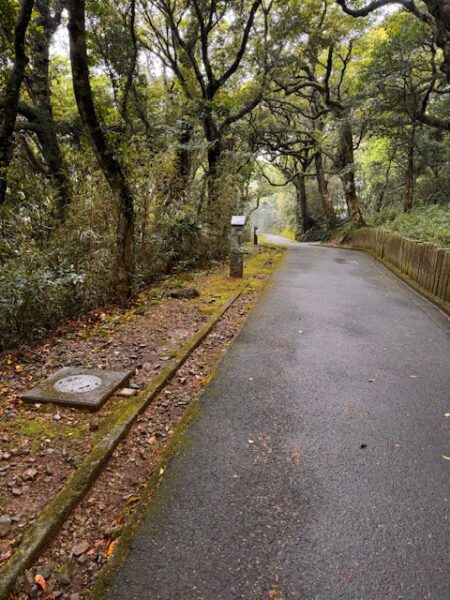
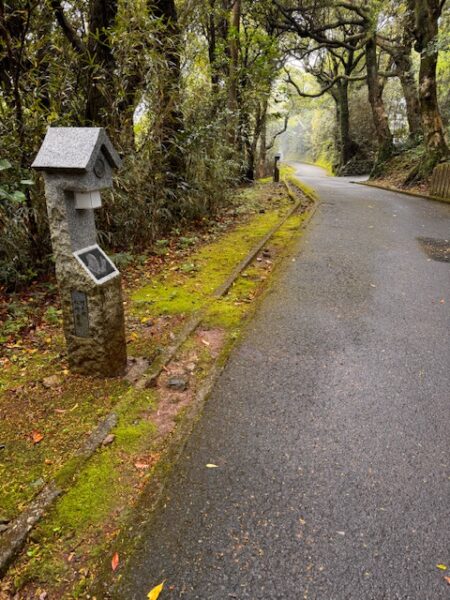
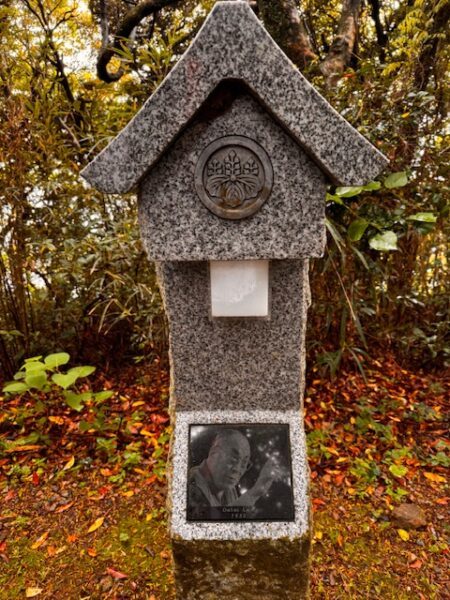
There were a few surprises including:
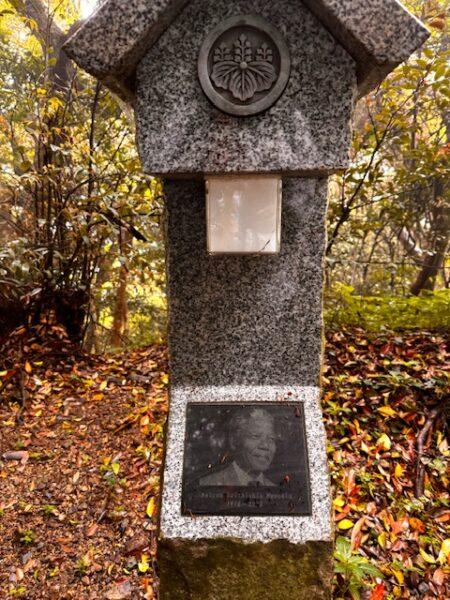
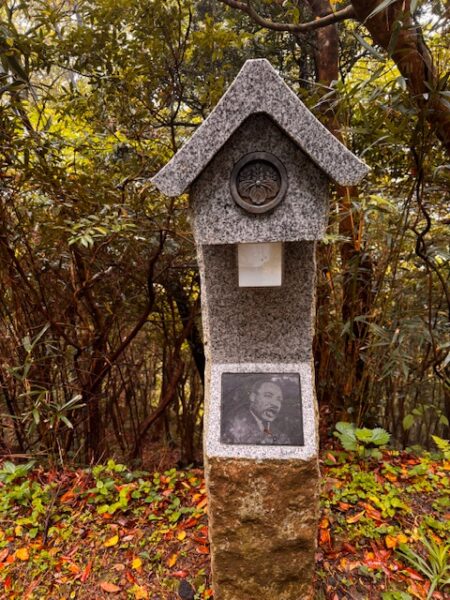
Honorific memorials for President Nelson Mandela (l.) and Dr Martin Luther King Jr (r.)
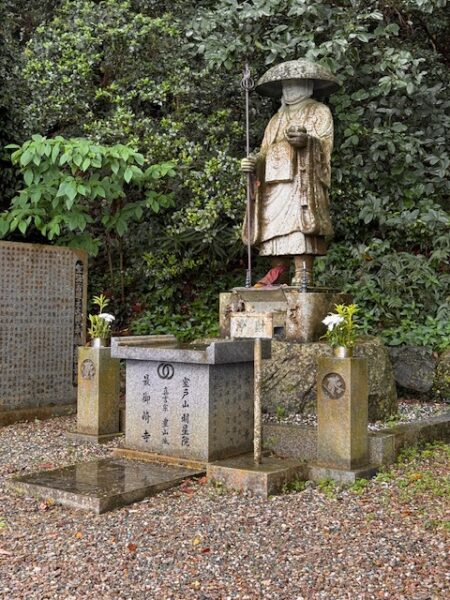
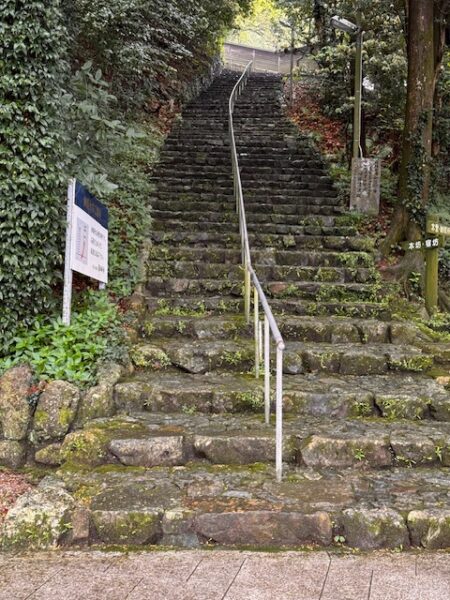
Stone steps leading out of temple 24.
I am leaving now. It is a 6-1/2 kilometer walk to temple 25.
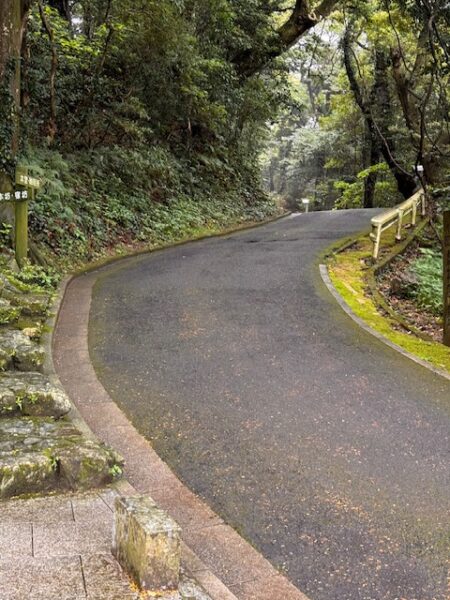
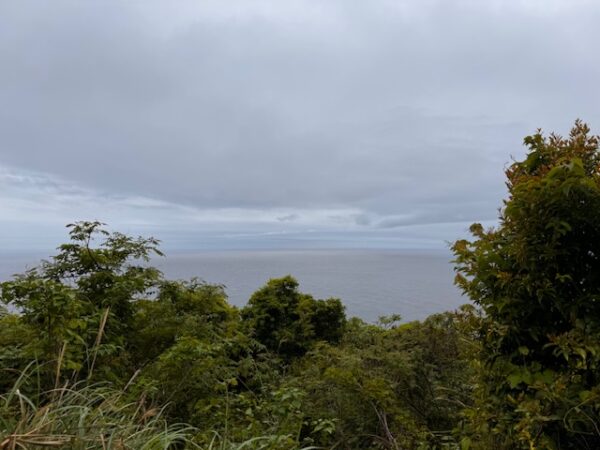
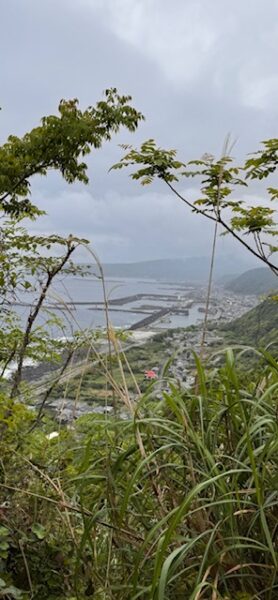
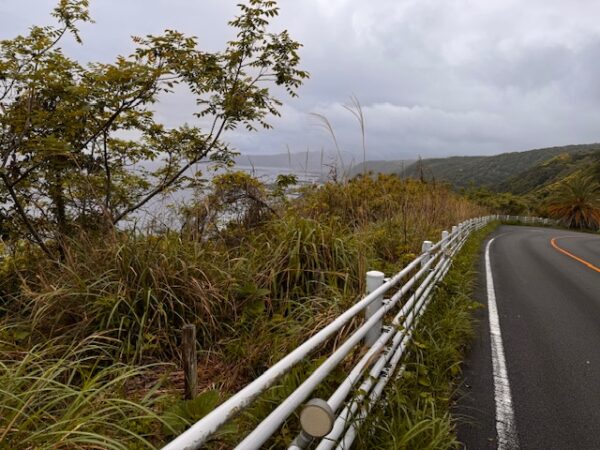
The ocean is my constant companion on the trail.
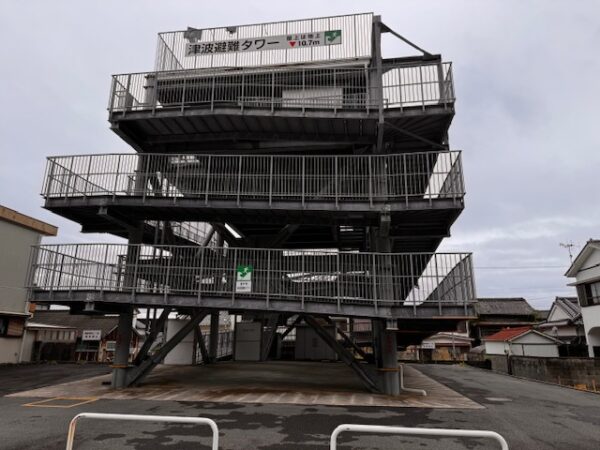
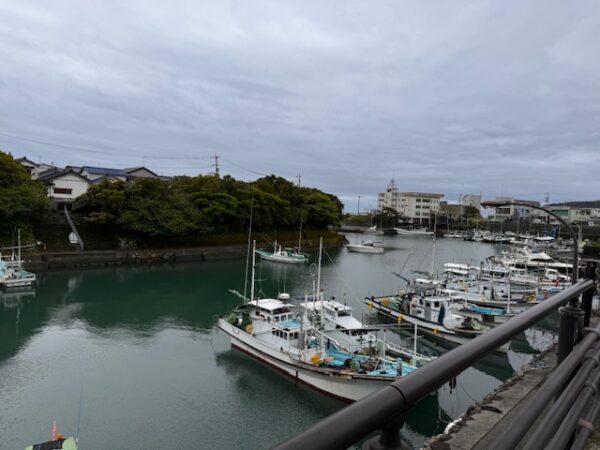
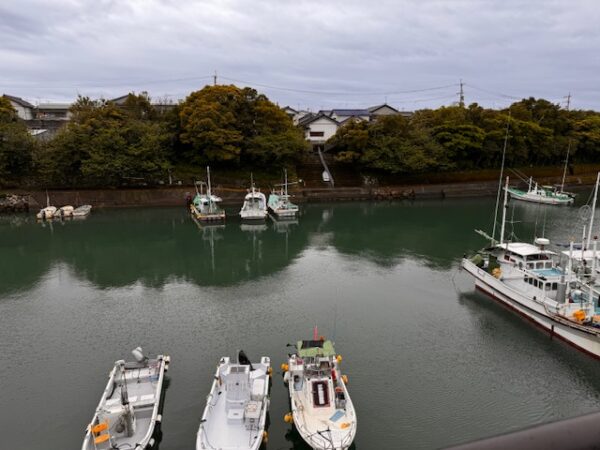
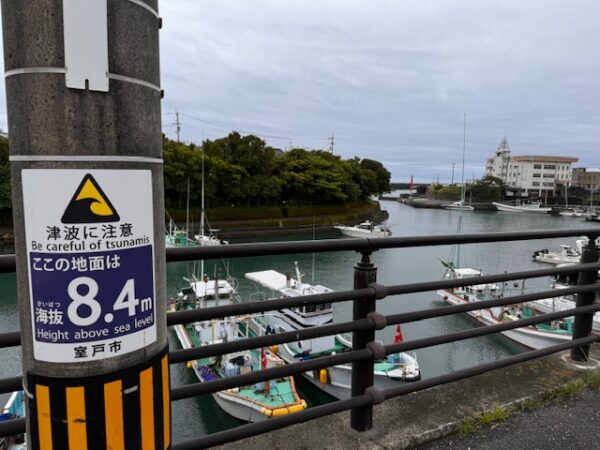
The possibility of destruction from natural disasters such as earthquakes and tsunamis is a ubiquitous presence. Living with that reality every day would weigh heavily on my mind.
Remember that question I asked earlier – how is mastery recognized? In almost all situations in life, it begins with one step, then another, tempered and honed and finally utilized without thinking.
Then knowledge, wisdom, and understanding spread out onto the people, earth, world and universe for good. And it is accepted as such.
See you next time at temple 25.
Baadaye and Mata ne
Shirley J ♥️
During the spring of 2024, I began a pilgrimage in Japan where I am walking 1200 kilometers or 720 miles on the Shikoku trail from Temple 1 Ryōzenji to Temple 88 Ōkuboji and beyond. Read my original announcement here.
I am excited, and I am here, still walking. And just know this, I will return to tell the tale!

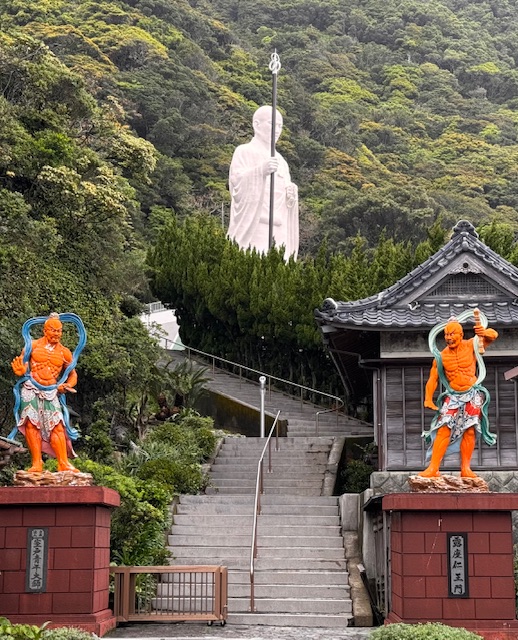
2 thoughts on “🌸 Noire Henro-san: Temple on The Cape”
Exactly. One step after another. Hopefully in the right direction, but sometimes humans get confused and go the wrong way.
Maybe it’s just the rainy day combined with the fact that I now live in a desert, but this looks like it would be my favorite temple so far.
I'd agree with you! It was a serene temple. The grounds are small, compact really. But the rain and being on the mountain above the ocean made it peaceful and surreal. 🕉️
Comments are closed.